There’s something timeless about black and white films that continue to captivate audiences, even in an era of stunning color visuals. These classics aren’t just about nostalgia—they’ve stood the test of time because of their brilliant storytelling, remarkable performances, and a visual style that often feels more raw and emotional than what we’re used to today. Despite the bright appeal of modern-day cinema, these films continue to hold a special place in the hearts of movie lovers worldwide.
From gripping dramas to sharp comedies, Hollywood’s golden age gave us some of the most iconic black-and-white films ever made. It’s not just the stark contrast or dramatic shadows; it’s the way these movies made audiences feel, leaving an impression that’s hard to shake. Whether you’re revisiting them or discovering them for the first time, these films are proof that true cinematic power doesn’t need the flash of color to shine.
Casablanca
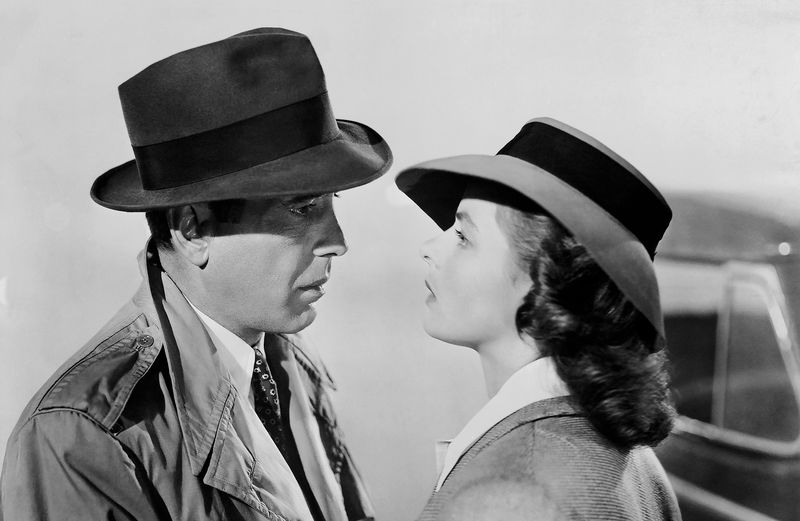
“Casablanca” remains one of the most beloved films in cinema history. Set during World War II, it weaves a tale of love and sacrifice. Humphrey Bogart and Ingrid Bergman deliver unforgettable performances.
The movie’s screenplay combines romance with political intrigue, capturing the spirit of its era. Its iconic lines have permeated popular culture, leaving a lasting impact.
Filmed with stark contrasts, the black and white imagery enhances the emotional depth, creating a timeless visual experience. “Casablanca” is truly a masterpiece that transcends time.
Citizen Kane

“Citizen Kane” is often hailed as the greatest film ever made. Directed by Orson Welles, it revolutionized the industry with innovative storytelling techniques. Its narrative unfolds through a series of flashbacks, piecing together the complex life of Charles Foster Kane.
Welles’ portrayal of Kane is both compelling and haunting, capturing the character’s ambition and despair.
The film’s use of deep focus photography and dramatic lighting set new standards in cinematography, cementing its place in film history. “Citizen Kane” remains a testament to cinematic artistry.
Psycho
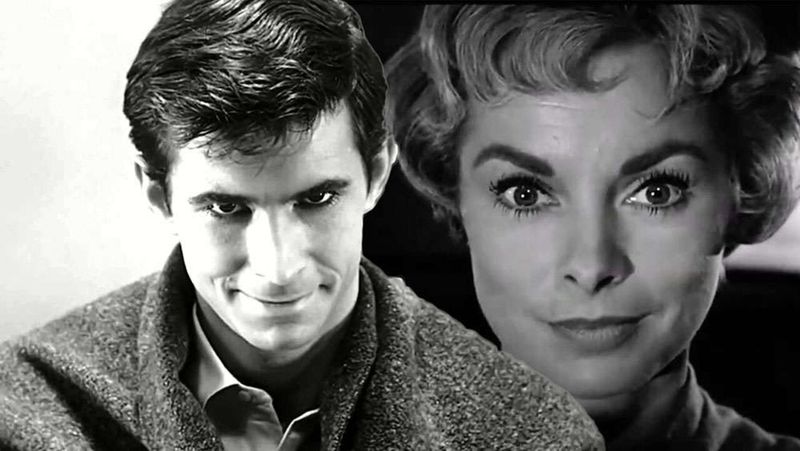
Alfred Hitchcock’s “Psycho” redefined the horror genre, leaving audiences on the edge of their seats. The film’s suspenseful narrative and shocking twists are brilliantly executed. Anthony Perkins’ portrayal of Norman Bates is chillingly memorable.
The black and white cinematography enhances the film’s eerie atmosphere, accentuating the tension and mystery. The infamous shower scene, with its meticulous direction, remains one of cinema’s most iconic moments.
“Psycho” continues to influence filmmakers and captivate horror enthusiasts, proving its lasting power. Its psychological depth and thrilling storytelling make it a standout classic.
The Night of the Hunter
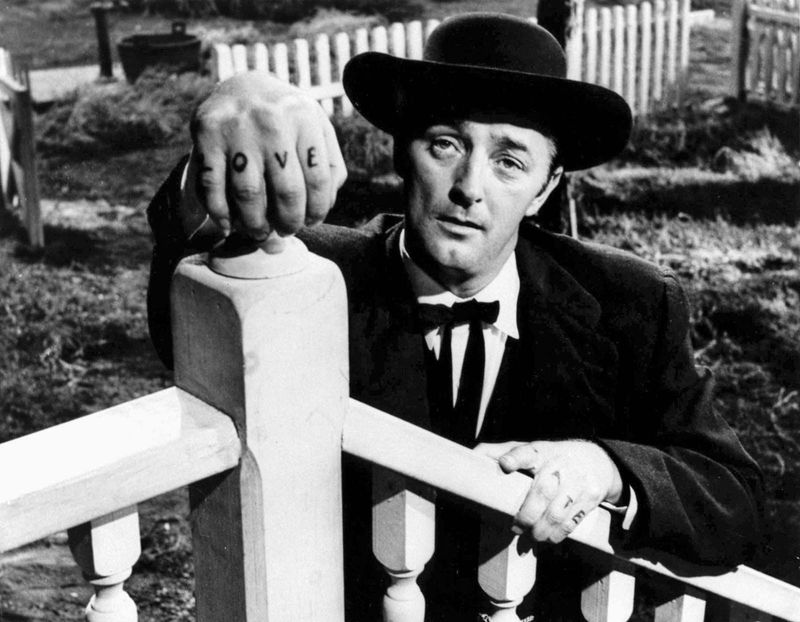
This 1955 thriller captivates with its haunting narrative. Reverend Harry Powell, portrayed by Robert Mitchum, is a sinister preacher who manipulates and menaces.
His iconic ‘LOVE’ and ‘HATE’ knuckle tattoos symbolize his dual nature, adding depth to his character.
The film’s striking cinematography and expressionistic style make each scene a visual feast, blending beauty and darkness seamlessly. Its chilling exploration of good versus evil continues to resonate.
The Third Man

Set in post-war Vienna, this 1949 noir masterpiece thrives on intrigue. Joseph Cotten stars as Holly Martins, an American drawn into a web of deceit.
The film’s unique visual style, characterized by tilted camera angles and dramatic lighting, creates an atmosphere of tension and mystery.
Orson Welles delivers a memorable performance as the enigmatic Harry Lime, whose presence looms large even in his absence.
Sunset Boulevard
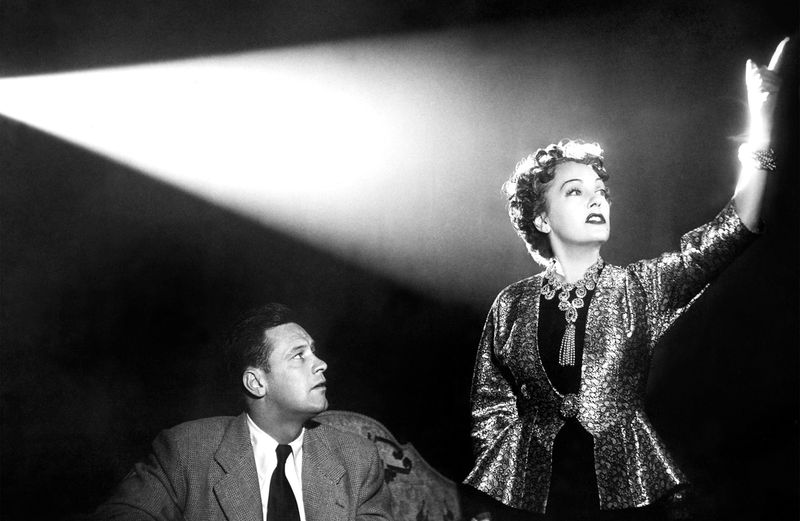
Billy Wilder’s 1950 film examines the dark side of Hollywood. Gloria Swanson shines as Norma Desmond, an aging silent film star desperate for a comeback.
Her mansion becomes a symbol of faded glory, and her descent into madness is both tragic and compelling.
The film’s opening scene, narrated from beyond the grave, sets the tone for a tale of ambition and despair.
Metropolis
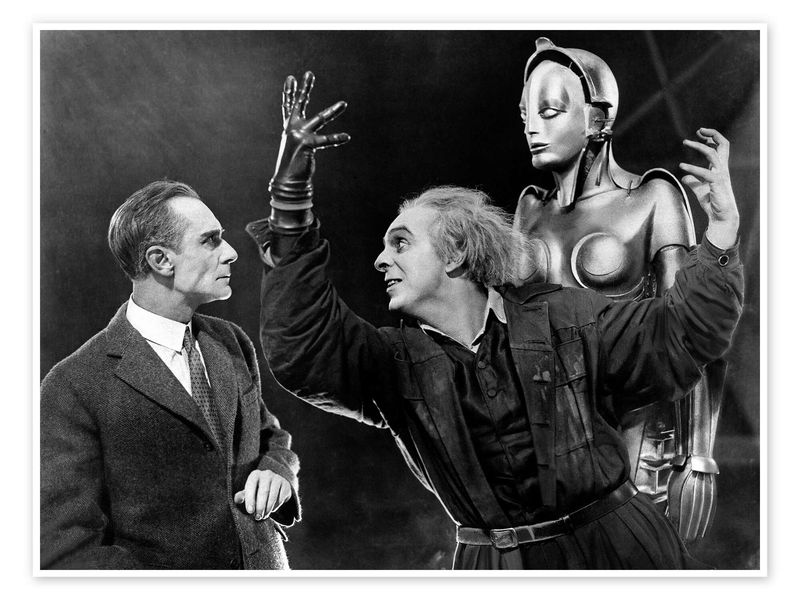
Fritz Lang’s 1927 silent epic remains a landmark in science fiction. The film’s vision of a dystopian future is both grand and thought-provoking.
Its stunning visuals, including the iconic Maria robot, continue to influence filmmakers today.
The themes of class struggle and technological advancement resonate powerfully, making it a timeless piece of art.
Double Indemnity
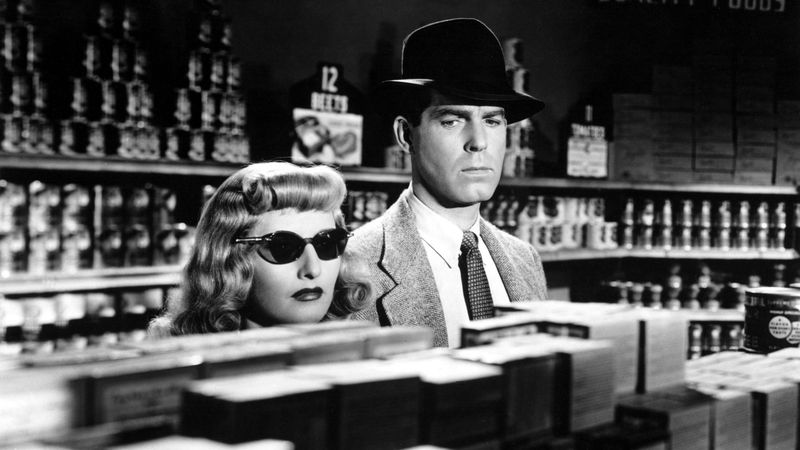
This 1944 film noir is a hallmark of the genre. Directed by Billy Wilder, it tells a gripping tale of deceit and betrayal.
Fred MacMurray and Barbara Stanwyck sizzle on screen as they plot a murder and insurance scam.
The film’s sharp dialogue and clever twists have made it a model for thrillers, cementing its status as a classic.
The Passion of Joan of Arc
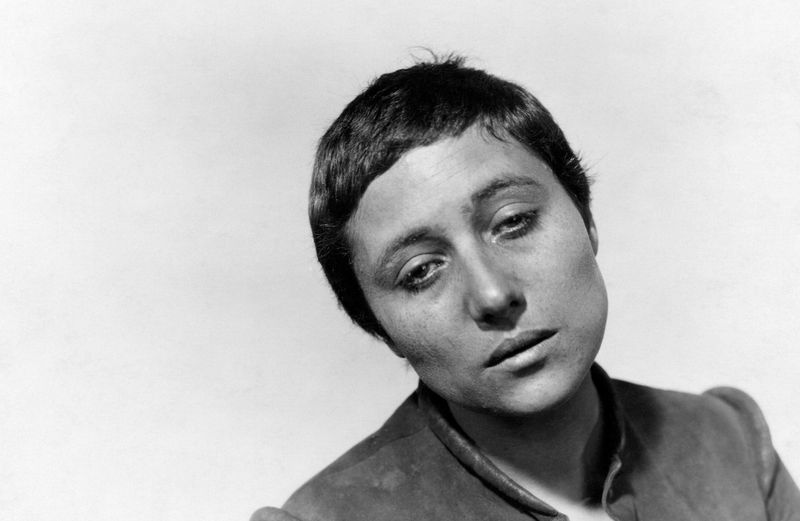
Directed by Carl Theodor Dreyer in 1928, this silent film is lauded for its emotional intensity and visual innovation.
Maria Falconetti delivers a breathtaking performance as Joan, capturing her spiritual struggle and martyrdom.
The film’s stark close-ups and minimalist sets create a powerful sense of intimacy and realism.
La Dolce Vita

Though primarily known for its segments in color, Fellini’s 1960 masterpiece features striking black and white sequences that enrich its storytelling.
The film explores the hedonistic lifestyle of Marcello, a journalist, as he navigates Rome’s elite society.
Its blend of fantasy and reality, along with its iconic Trevi Fountain scene, have made it a cultural touchstone.
Rashomon
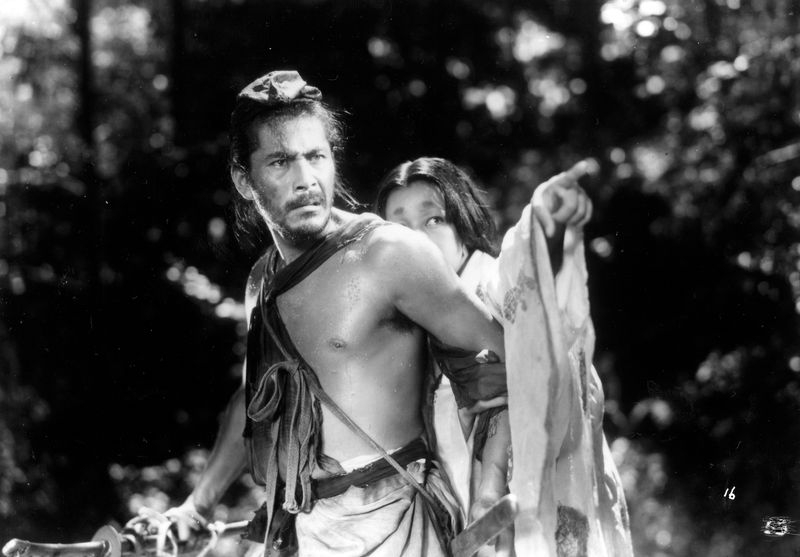
Akira Kurosawa’s 1950 work redefined storytelling with its innovative narrative structure.
The film presents multiple perspectives of a crime, challenging viewers to discern truth from perception.
Its lush cinematography and philosophical depth have cemented its legacy in world cinema.
Dr. Strangelove
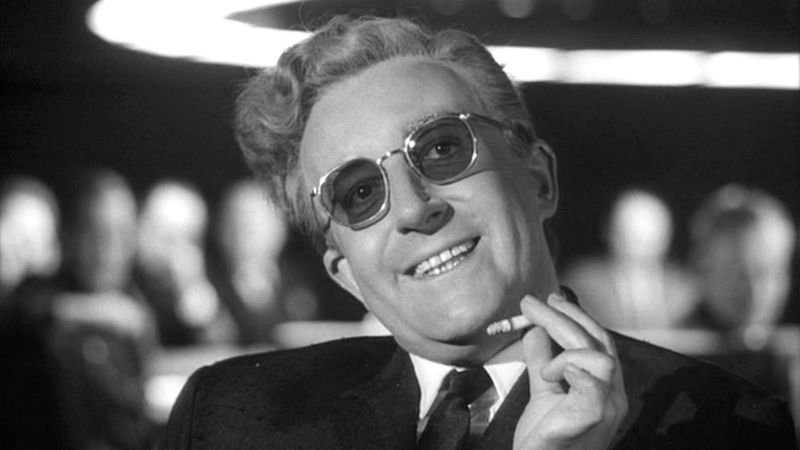
Stanley Kubrick’s 1964 dark comedy remains a biting satire of Cold War-era politics.
Peter Sellers shines in multiple roles, including the eccentric Dr. Strangelove, navigating the absurdity of nuclear conflict.
The film’s sharp wit and iconic imagery continue to resonate, offering both humor and critique.
A Streetcar Named Desire
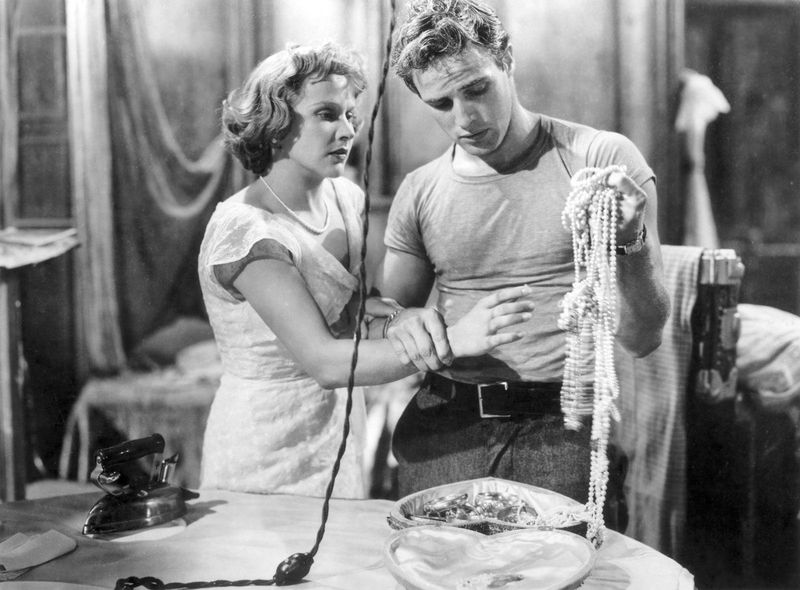
Elia Kazan’s 1951 adaptation of Tennessee Williams’ play is a masterclass in drama.
Marlon Brando delivers a raw, intense performance as Stanley Kowalski, opposite Vivien Leigh’s fragile Blanche DuBois.
The film’s exploration of desire and desperation remains as potent as ever.
The Cabinet of Dr. Caligari

This 1920 German expressionist film is often hailed as the first true horror movie.
Its eerie, distorted sets and chilling tale of a hypnotist and his sleepwalking assistant create an unforgettable atmosphere.
The film’s innovative use of visual style and narrative has influenced generations of filmmakers.
12 Angry Men

Sidney Lumet’s 1957 film is a gripping examination of justice and prejudice.
Set entirely in a jury room, the film follows twelve men as they deliberate a murder case, revealing their biases and convictions.
Its tight script and strong performances make it a compelling, thought-provoking piece.
